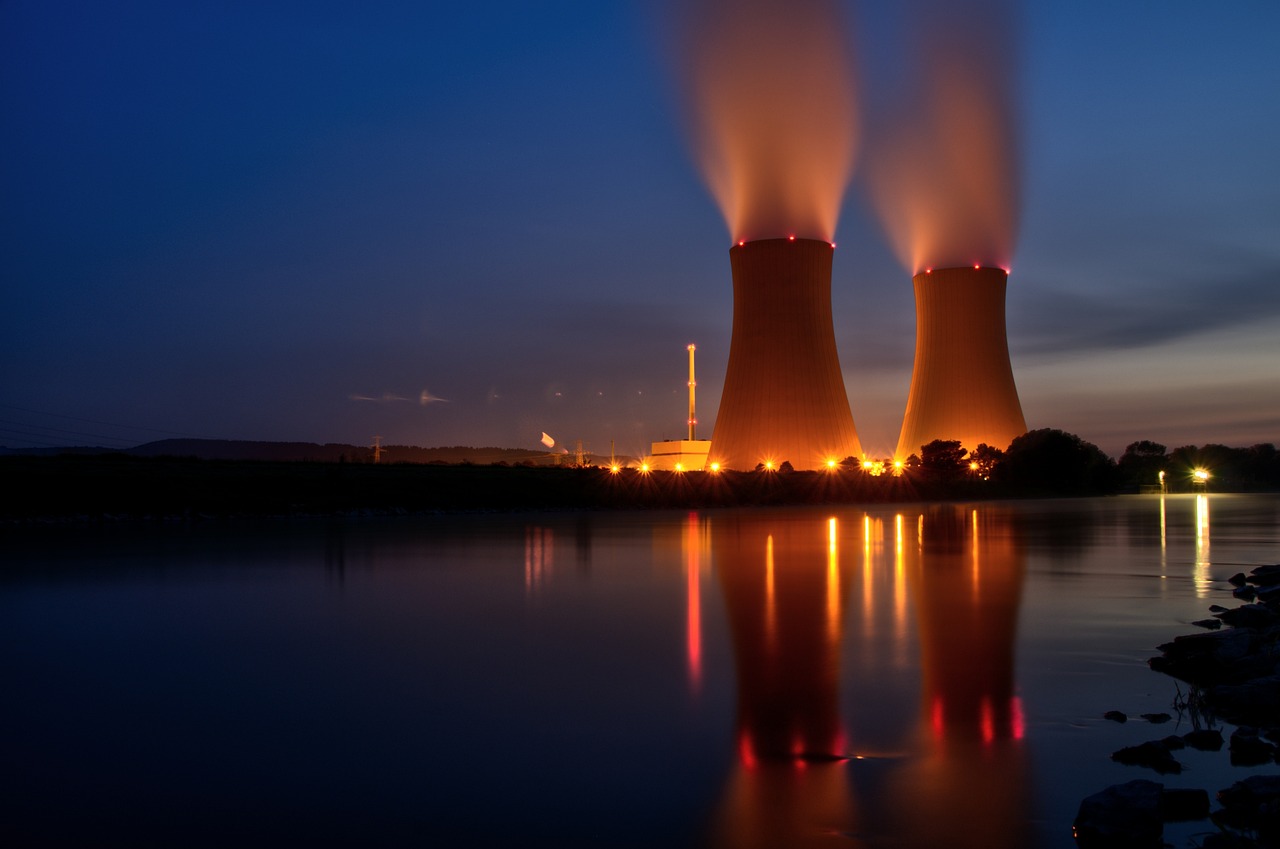
Vocabulary:
- watt /wot/
- administration /ad-min-uh-STREY-shuhn/
- skeptical /SKEP-ti-kuh/
- robust /roh-BUHST/
- infrastructure /IN-fruh-struhk-cher/
[noun] – the standard measure of electrical power
In order to power a small electric motor, you would need at least 100 watts of electrical power.
[noun] – a period of government, or the people who are in government
The new administration in the country has promised to prioritize job creation and economic growth as part of its platform for the upcoming term.
[adjective] – doubting that something is true or useful
Despite the company’s claims, many consumers remain skeptical about the effectiveness of the new weight-loss supplement.
[adjective] – (of a person or animal) strong and healthy, or (of an object or system) strong and unlikely to break or fail
The company’s robust financial plan allowed it to weather the economic downturn and emerge as a leader in the industry.
[noun] – the basic systems and services, such as transportation and power supplies, that a country or organization uses in order to work effectively
The government is planning to invest in the country’s infrastructure, including roads, bridges, and public transportation, in order to improve the daily lives of citizens and promote economic growth.
Article reading:
Congressman Mark Cojuangco, who has been pushing for the plant’s reopening for over a decade, took a group of reporters on a tour inside the building. The reactor’s containment structure is lined with 30 mm of thick welded steel, and its walls are made of 1.5 m of thick concrete, making it one of the most robust facilities in the world. Cojuangco is confident in the quality of the plant’s infrastructure, but the question remains: can a 38-year-old nuclear power plant be started up after never being used? President Marcos Jr. sees the plant as unfinished business from his father’s administration and is exploring the possibility of reactivating the facility. The need for sustainable energy sources is more pressing than ever, and some argue that the Bataan nuclear power plant could be a valuable source of clean energy for a country in need. However, others see it as an unnecessary risk, given the potential dangers of nuclear power.
The decision to activate the plant ultimately rests with the current administration, and it will require careful consideration of both the plant’s infrastructure and the potential risks and benefits of nuclear power. As the world continues to seek out sustainable energy sources, the future of the Bataan nuclear power plant will likely remain a topic of discussion for years to come.
Discussion Questions:
- Does your country have nuclear power plants? Could you tell me about them?
- Have you ever visited a nuclear power plant? If so, what was the experience like? If not, would you like to visit one? Why or why not?
- Do you agree that it’s important for countries to explore alternative sources of energy?
- What steps do you think the government should take to ensure the safe and effective operation of the Bataan nuclear power plant if it were to be reopened?
- How important is sustainable energy for developing countries like the Philippines? Please elaborate on your answer.
Summarization
Describe:
- decade
- steel
- explore
- danger
- current